180 Bass Pro Mills Drive
Concord
Ontario L4K 0G9
180 Bass Pro Mills Drive
Concord
Ontario L4K 0G9
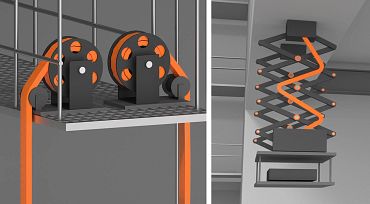
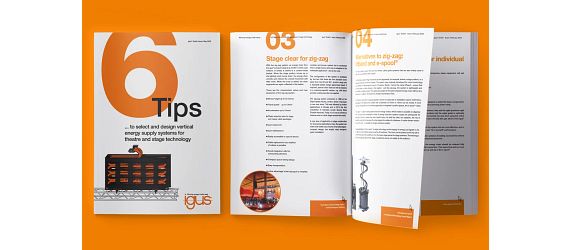
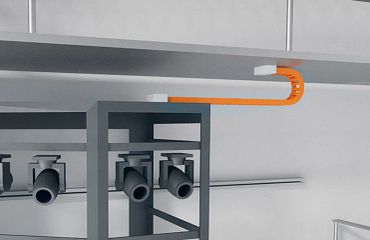
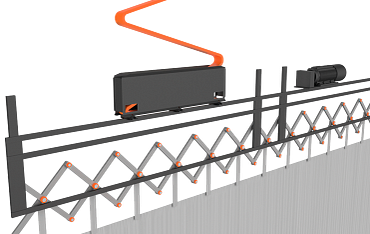
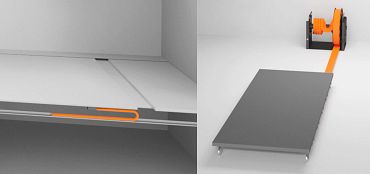
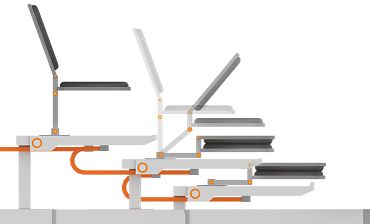
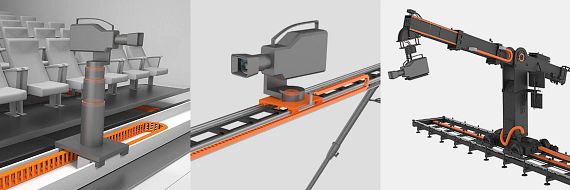
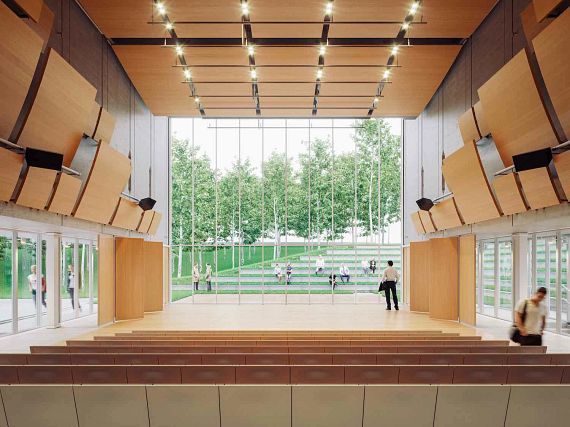
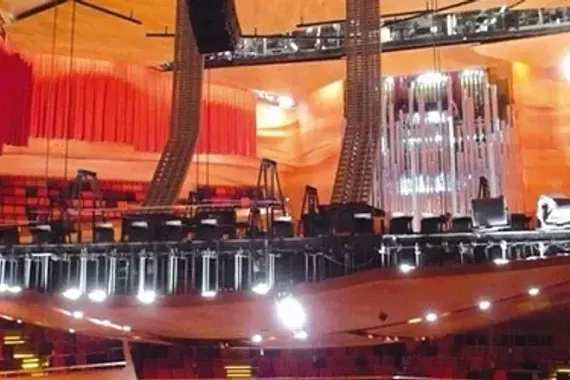
The main types of stage rigging systems include:
1. Manual counterweight systems Motorized rigging systems
2. Each type offers different benefits in terms of cost, control, and complexity.
3. Automated computerized systems
4. Hemp rigging (rope sets)
5. Hybrid systems (combining manual and automated elements)
Vertical energy chains enhance stage rigging by:
1. Organizing and protecting cables during movement
2. Reducing wear and tear on electrical components
3. Allowing smooth operation of moving set pieces
4. Minimizing the risk of cable entanglement
5. Facilitating easier maintenance and cable replacement
6. Improving the overall aesthetics of the rigging system
A counterweight rigging system:
1. Uses weights to balance the load of suspended equipment
2. Consists of a rope, pulleys, arbor (weight holder), and batten
3. Allows manual operation with minimal effort
4. Provides precise control for smooth movements
5. Requires regular inspection and balancing Is common in traditional theater settings
Advantages of motorized rigging systems include:
1. Increased lifting capacity for heavier loads
2. Precise and repeatable movements
3. Reduced physical labor for operators
4. Enhanced safety through built-in limit switches
5. Ability to handle complex cue sequences
6. Faster scene changes and set transitions
7. Improved energy efficiency with modern motors
Maintaining stage rigging systems involves:
1. Daily visual inspections before use
2. Weekly functional checks of all moving parts
3. Monthly detailed inspections of cables, connections, and wear points
4. Annual comprehensive inspections by certified professionals
5. Immediate replacement of worn or damaged components
6. Regular lubrication of moving parts
7. Keeping detailed maintenance logs
Essential safety features in modern rigging systems:
1. Load cells for real-time weight monitoring
2. Redundant braking systems
3. Emergency stop buttons at multiple locations
4. Overtravel limit switches
5. Slack line detection sensors
6. Automated fault detection and reporting
7. Backup power systems for controlled emergency lowering
Factors to consider when choosing a rigging system:
1. Venue size and layout
2. Types of productions typically hosted
3. Available budget for installation and maintenance
4. Existing infrastructure and power capabilities
5. Required load capacities and speed of operation
6. Level of automation desired
7. Local building codes and regulations
8. Expertise level of available operators
The "zig-zag" system in stage rigging:
1. Uses a folding pattern for cable management
2. Allows for compact storage of cables when retracted
3. Provides smooth extension and retraction of cables
4. Reduces stress on cables during movement
5. Is ideal for applications with limited space
6. Can be used in both vertical and horizontal setups
7. Enhances the lifespan of cables and connectors
"The products (energy chains and chainflex cables) offered us a reliable solution for connecting the fixed supply points on the ground to the moving platforms. The special cables allow flexible movements without damage and extend maintenance intervals."
- Attila Lukacs, GEPBER-Szinpad Kft.
"During our discussions, the igus sales representative drew our attention to the e-spool flex solution."
- MECAoctet
Maintenance-free bearing technology and quiet e-chains for spotlights, lasers, and other light effect devices
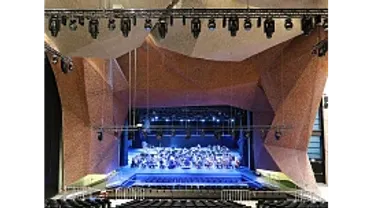
Monday to Friday from 8 am - 5 pm
24h